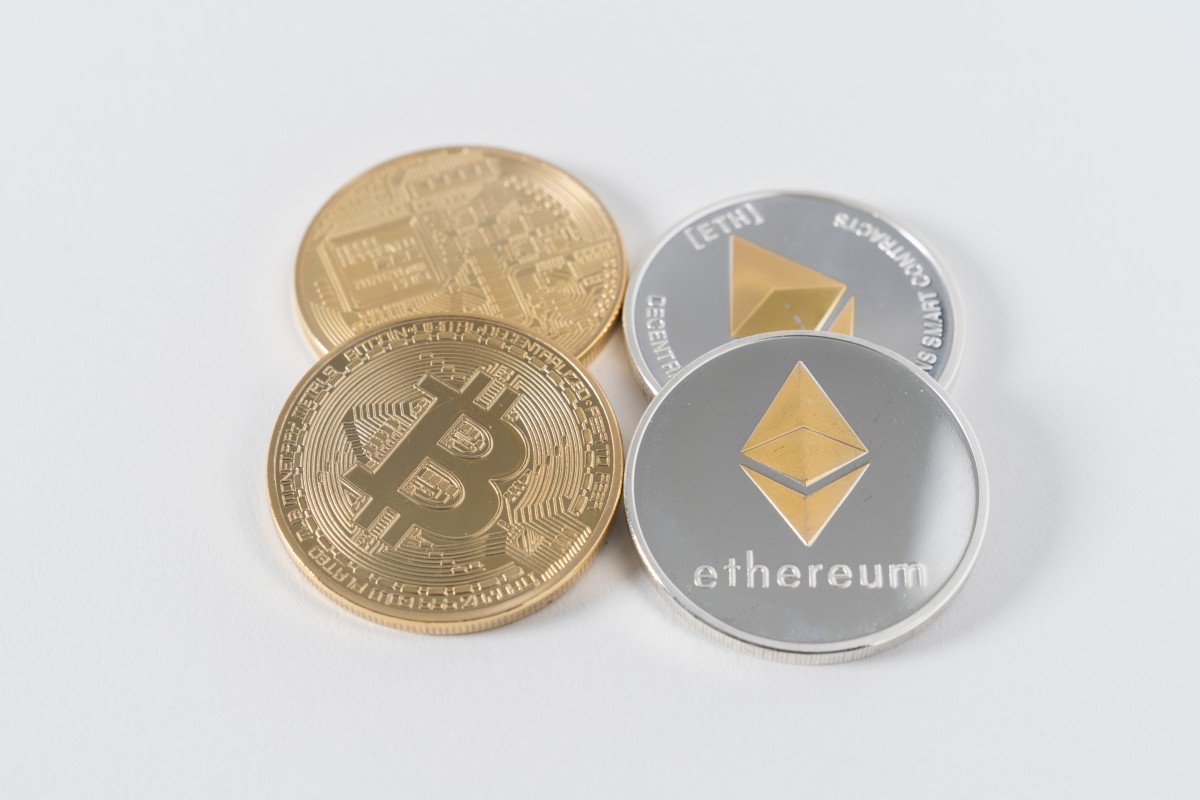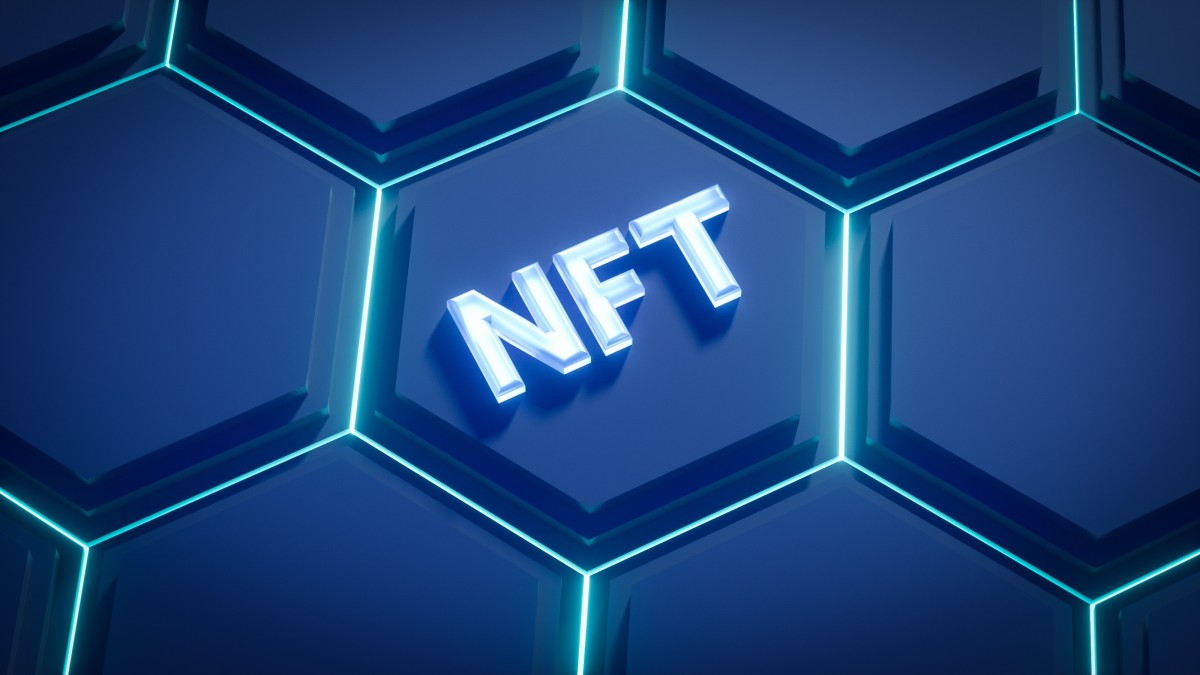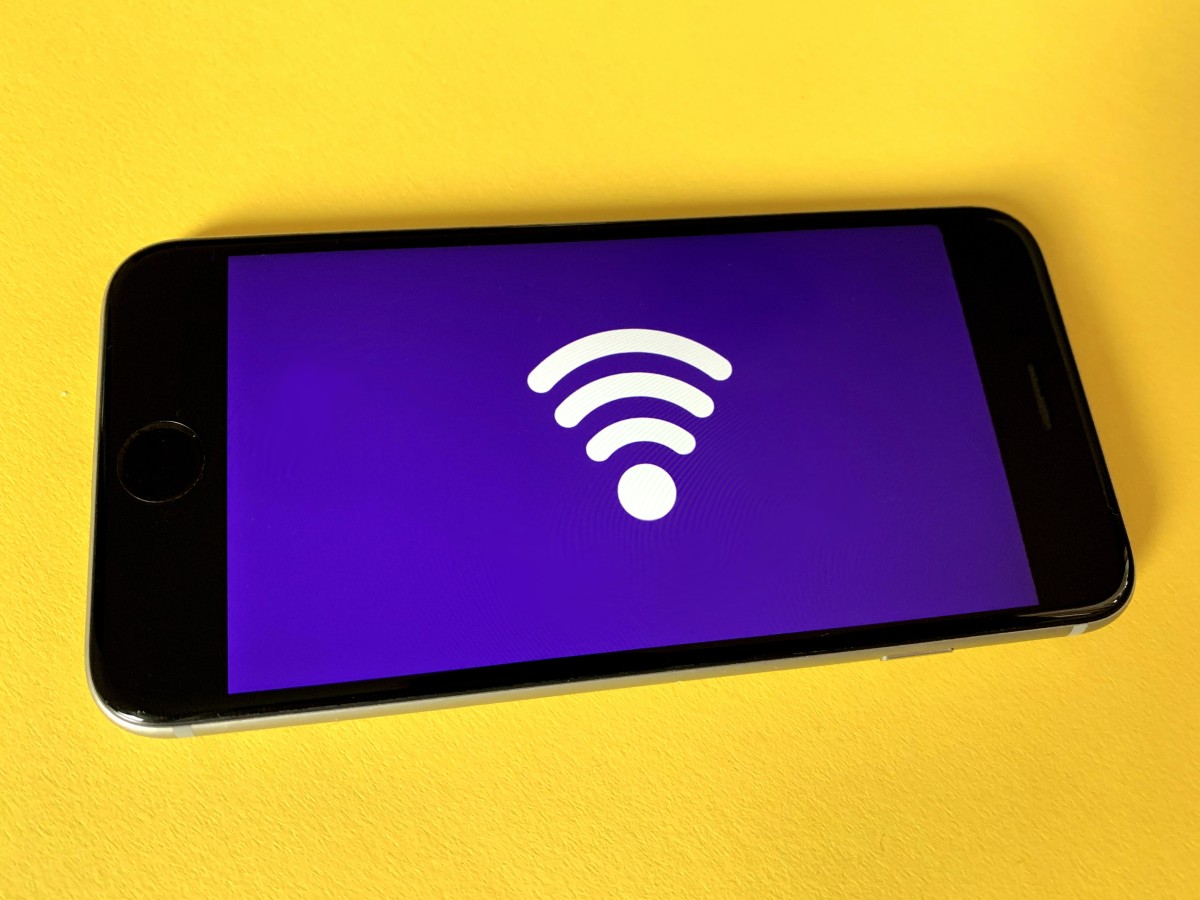What is Web 3.0: A beginner’s guide to the decentralized internet of the future
Are you tired of the constant surveillance and control that comes with using the internet? Imagine a world where your data is truly yours, where privacy is respected, and where power is decentralized. Welcome to Web 3.0, the future of the internet. In this beginner’s guide, we will explore how Web 3.0 is set to revolutionize our online experiences by creating a decentralized internet ecosystem that puts users back in control. From blockchain technology to decentralized applications (dApps), get ready to discover how Web 3.0 is reshaping the digital landscape and paving the way for a more democratic, secure, and transparent future.
What is Web 3.0?
Web 3.0, also known as the decentralized internet, is set to revolutionize how we interact with the digital world. Unlike its predecessors, Web 1.0 and 2.0, which focused on centralized control of data and services, Web 3.0 aims to put users in complete control of their own data and online identities.
One of the key features of Web 3.0 is blockchain technology, which allows for secure and transparent transactions without the need for intermediaries such as banks or payment processors. Blockchain provides a decentralized infrastructure that can be used to build applications that are resistant to censorship and fraud.
Moreover, Web 3.0 introduces the concept of self-sovereign identity (SSI), enabling individuals to control their own online identities and personal data without relying on centralized authorities like social media platforms or government databases. With SSI, users will have more power over their personal information while still being able to easily prove their identity when necessary.
In conclusion, Web 3.0 represents a shift towards a more democratic and user-centric internet where individuals have greater control over their digital lives. By leveraging blockchain technology and embracing self-sovereign identity systems, this new era of the web promises enhanced security, privacy, and autonomy for users around the world. The coming years will surely bring exciting developments in this space as we witness the dawn of a truly decentralized internet ecosystem.

The evolution of the internet
The internet has come a long way since its inception. From its early days as a network used solely by government and academic institutions, the internet has evolved into a global phenomenon that connects billions of people on all corners of the planet. But it didn’t happen overnight.
The first version of the internet, commonly referred to as Web 1.0, was primarily static in nature. Websites were basic and information was mostly one-way – from content creators to consumers. Then came Web 2.0, characterized by user-generated content and interactive platforms like social media and online communities. This shift gave users more power and control over their digital experiences.
Today, we are witnessing the dawn of Web 3.0 – an era where decentralization is taking center stage. Blockchain technology has made it possible for individuals to reclaim control over their data, enabling peer-to-peer interactions without intermediaries or central authorities dictating terms. Web 3.0 aims to create a more open and inclusive digital ecosystem, where transparency, security, privacy, and user autonomy are prioritized.
As we embrace this future vision of the decentralized internet, we can expect even more seamless integration between physical devices and virtual networks through technologies such as virtual reality (VR), augmented reality (AR), Internet of Things (IoT), artificial intelligence (AI), and machine learning (ML). The possibilities seem limitless as innovators push boundaries further with each passing day.
Key concepts and principles of Web 3.0
Key concepts and principles of Web 3.0 revolve around decentralization, privacy, and user empowerment. Unlike its predecessor, Web 2.0, which relied heavily on centralized platforms for data storage and control, Web 3.0 encourages the use of blockchain technology to create a more distributed and autonomous internet. This shift towards decentralization not only brings about increased security but also eliminates the need for intermediaries, allowing users to have greater control over their own data.
Another key principle of Web 3.0 is privacy protection. With recent major data breaches and growing concerns surrounding surveillance capitalism, users are seeking ways to regain sovereignty over their personal information online. In this new iteration of the web, privacy-focused technologies such as zero-knowledge proofs and decentralized identity systems aim to grant individuals with stronger privacy rights while still enabling seamless interactions within digital ecosystems.
Furthermore, one of the core values inherent in Web 3.0 is user empowerment through tokenization and ownership models. By leveraging blockchain technology’s ability to tokenize various assets and resources, users can participate more actively in online communities by voting on governance decisions or even monetizing their contributions directly without relying on traditional intermediaries or advertising-based revenue models.

How blockchain technology enables decentralization
Blockchain technology has emerged as a powerful tool that enables decentralization in various industries, from finance to supply chain management. At its core, blockchain is a distributed ledger that allows multiple participants to have access and control over the same information. This eliminates the need for a central authority or intermediary, such as banks or government agencies, to validate transactions and maintain records. Instead, it empowers individuals and organizations to transact directly with one another in a trustless environment.
One of the key benefits of blockchain-enabled decentralization is increased transparency and accountability. By recording every transaction on an immutable blockchain, all participants can view and verify the authenticity of each transaction and interaction. This enhances trust among parties who may not know each other personally or come from different backgrounds. Additionally, this transparency reduces opportunities for fraud or manipulation since any attempt at tampering with the data would require altering every subsequent block in the chain.
Moreover, blockchain technology also promotes inclusivity by removing barriers to entry imposed by centralized systems. Traditional financial institutions often exclude individuals without access to banking services or those living in underdeveloped regions. However, through decentralized finance (DeFi) platforms built on blockchain technology, anyone with an internet connection can participate in financial activities like lending, borrowing, or earning interest on their assets without relying on intermediaries. This opens up countless opportunities for individuals globally who were previously excluded from accessing financial services due to geographical or economic limitations.
Benefits and potential applications of Web 3.0
Web 3.0, the decentralized internet of the future, has the potential to revolutionize various industries and improve user experiences in numerous ways. One of the key benefits of Web 3.0 is increased privacy and security. With decentralized platforms built on blockchain technology, users have more control over their data as it is stored across multiple nodes rather than in a central server susceptible to hacking or data breaches.
In addition to enhanced privacy and security, Web 3.0 also offers improved transparency and trustworthiness. Through smart contracts on blockchain networks, transactions can be verified and recorded immutably, eliminating the need for intermediaries such as banks or lawyers. This not only speeds up processes but also ensures accuracy and reliability in areas like supply chain management, digital identities, intellectual property rights, and voting systems.
Furthermore, with the advent of Web 3.0 comes a new era of digital ownership where individuals can truly own their digital assets without relying on centralized authorities. Non-fungible tokens (NFTs) enable artists to tokenize their work and sell directly to consumers while retaining greater control over their creations. Similarly, virtual real estate can be bought, sold, and developed within a decentralized metaverse like Decentraland or Somnium Space.

Challenges and considerations for Web 3.0 adoption
One of the major challenges for Web 3.0 adoption lies in interoperability. As this new decentralized internet evolves, it is important for different platforms and systems to be able to seamlessly communicate with one another. Without interoperability, the true potential of Web 3.0 cannot be realized, as users may find themselves tied to specific platforms or trapped within decentralized silos. To overcome this challenge, developers and innovators will need to focus on creating standards and protocols that allow for easy data exchange between different applications and networks.
Another consideration for Web 3.0 adoption is privacy and security in a decentralized environment. While Web 3.0 aims to empower individuals by giving them control over their own data, this can also introduce new risks if not properly implemented. With personal data being stored on multiple devices or nodes instead of centralized servers, there is an increased potential for vulnerabilities and attacks. Addressing these concerns will require innovative solutions that prioritize encryption and user authentication without compromising the core values of decentralization.
In summary, while the vision of Web 3.0 holds great promise for a more open and democratic internet, challenges such as interoperability and privacy must be addressed head-on for widespread adoption to occur. By working towards standardization across platforms and focusing on robust security measures, we can pave the way for a truly decentralized future where individuals have greater control over their online presence without sacrificing convenience or safety.
Conclusion: Embracing the decentralized future
In conclusion, embracing the decentralized future is not just a choice but a necessity for the evolution of the internet. The current centralized model has led to issues of data privacy, censorship, and monopolistic control over information. Decentralization offers an alternative framework where power is distributed among participants, ensuring transparency, security, and freedom.
One key advantage of this shift is that it puts individuals in control of their own data. Instead of entrusting our personal information to large corporations who monetize it without our consent, decentralized platforms allow users to be the sole owners and managers of their data. This empowers individuals to decide how their information is shared and used within the digital realm.
Furthermore, embracing decentralization also fuels innovation by enabling open collaboration and allowing for experimentation without permission. With countless developers tapping into a global network of decentralized technologies and protocols, creativity can flow freely. We are witnessing the birth of new applications that foster trustless transactions or enable peer-to-peer interactions without needing intermediaries – paving the way for a more efficient and inclusive economy.
All in all, as we progress towards Web 3.0 and enter this age of decentralization, we must recognize its potential to reshape our digital landscape in profound ways. It offers us an opportunity to reclaim control over our online lives while promoting fairness and openness in areas such as finance, governance, social media, content creation – well beyond what was ever possible with Web 2.0’s centralized infrastructure.



